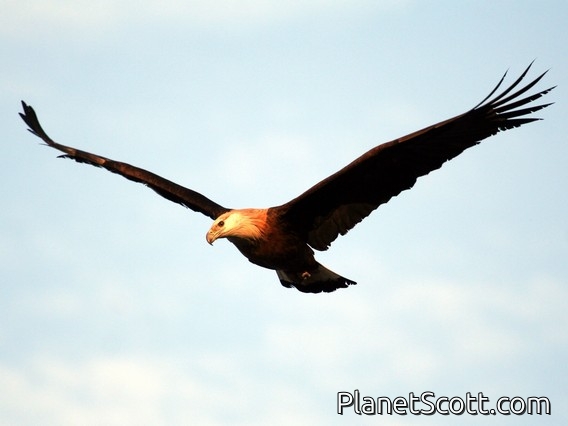Pallas's Fish-Eagle (Haliaeetus leucoryphus)

Pallas's Sea-Eagle (Haliaeetus leucoryphus)
×


Pallas's Sea-Eagle (Haliaeetus leucoryphus)
About Pallas's Fish-Eagle (Haliaeetus leucoryphus)
- Kingdom: Animals
- Phylum: Chordates
- Class: Birds
- Order: Hawks, Eagles, Kites, and Allies
- Family: Hawks, Eagles, and Kites
Pallas's fish eagle, also known as Pallas's sea eagle or band-tailed fish eagle, is a large, brownish sea eagle. It breeds in the east Palearctic in Kazakhstan, Russia, Tajikistan, Turkmenistan, Uzbekistan, Mongolia, China, India, Nepal, Bangladesh, Myanmar and Bhutan. It is listed as Endangered on the IUCN Red List. It is partially migratory, with Central Asian birds wintering among the southern Asian birds in northern India, and also further west to the Persian Gulf.
Source: Wikipedia
Visits
-
2006-01-19
-
2013-02-16
Namieri National Park, India


